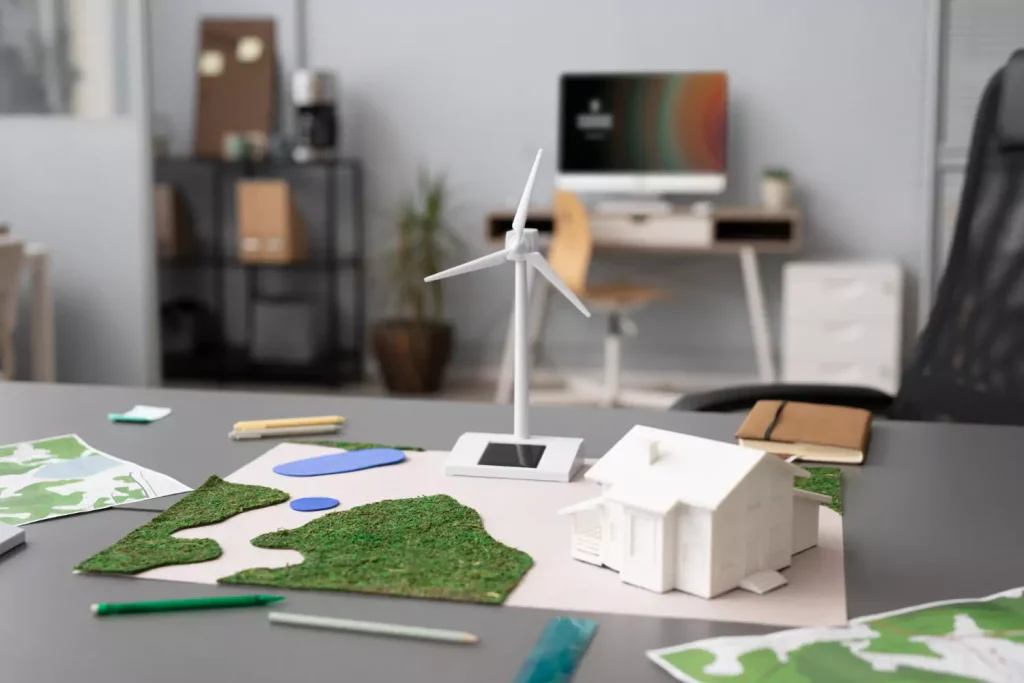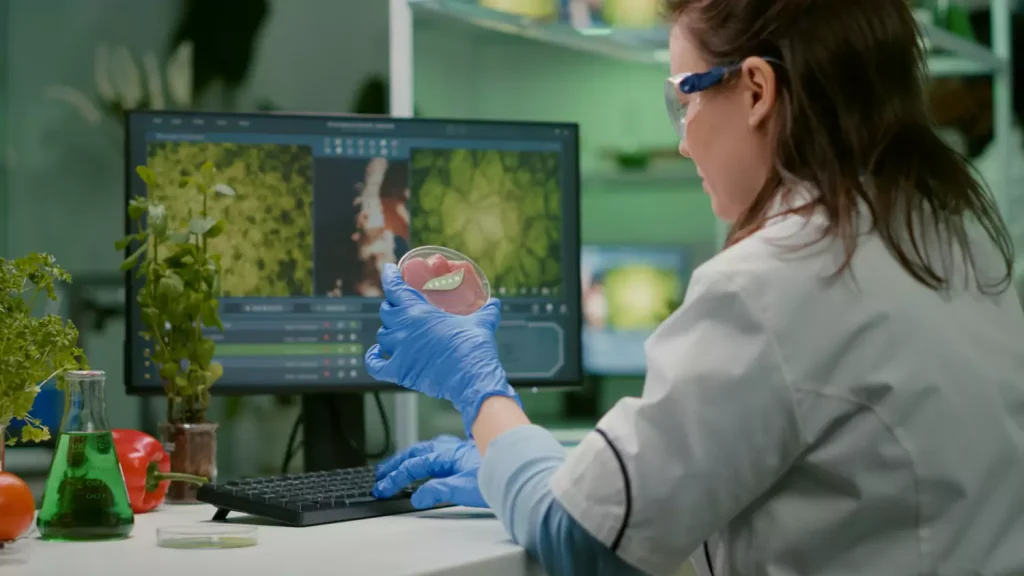Over the past three decades, global warming and carbon emissions have become major concerns worldwide. Various industries have been accused of contributing to these issues. The construction sector, in particular, has become a focal point due to its significant contribution to annual carbon emissions. The built environment is responsible for a staggering 39% of global […]
Bioinspired Innovation: Harnessing Nature’s Wisdom to Address Current Challenges
Nature has always been a primary source of inspiration for our ideas and innovations. From a poem contemplating the beauty of autumn to a 16th-century visionary who drew the first plans for human flight from birdwatching, we have always looked to nature for guidance. The deliberate use of nature for technological advice on many of […]
Scope 3 emissions
An increasing number of investors, consumers, and other stakeholders are demanding access to a comprehensive view of companies’ environmental impacts, along with climate-related risks. Companies that choose to report on their emissions usually only include information on their scope 1 and 2 inventories, thus excluding scope 3 emissions from their disclosures. However, given the mounting […]


